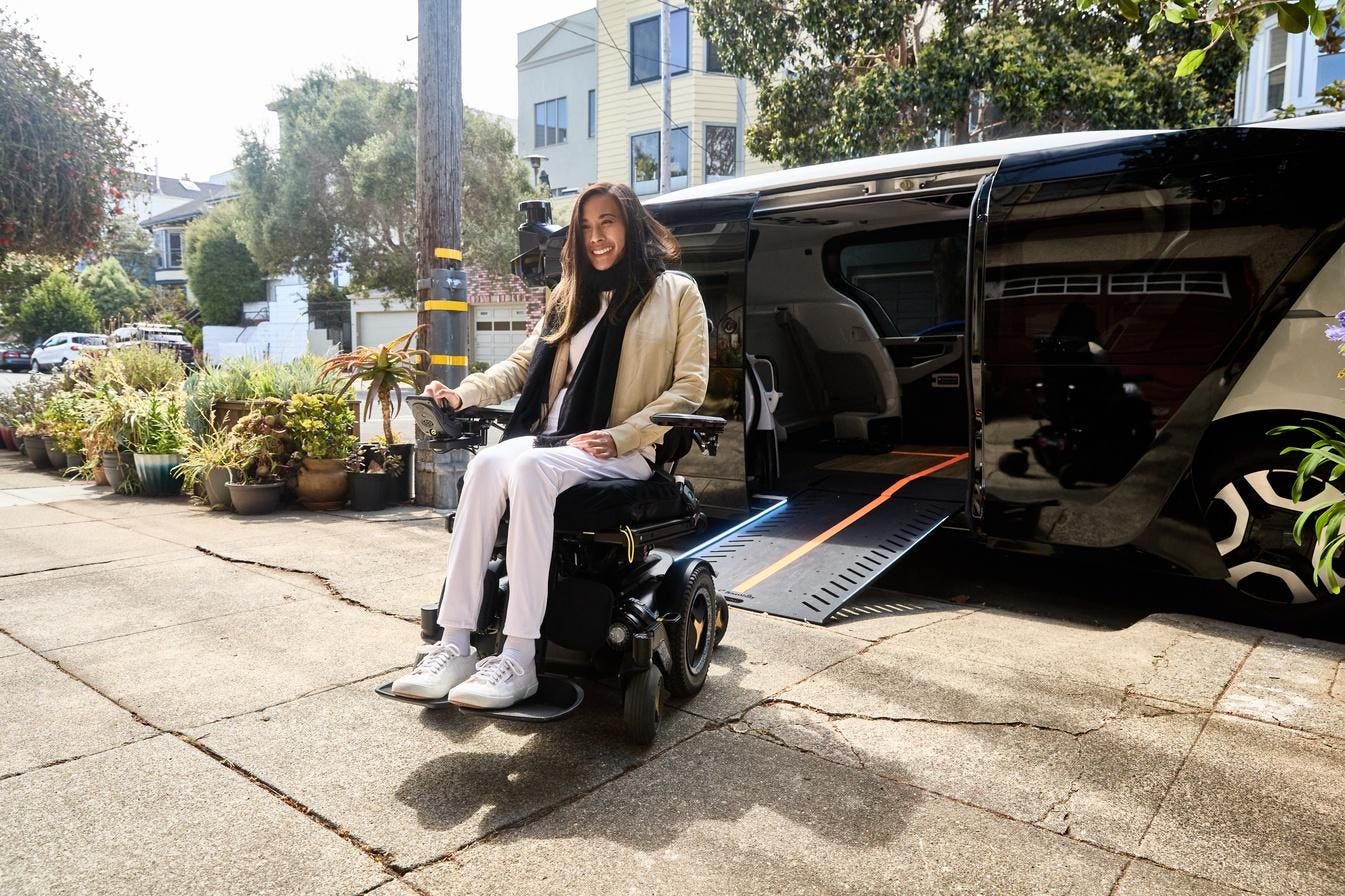A report this week from Ricardo Cano at the San Francisco Chronicle said the California Department of Motor Vehicles (DMV) suspended Cruise, the autonomous vehicle startup, after the company allegedly “withheld crash footage” of an incident which occurred on October 2. Local news organization Mission Local also reported on the suspension, effective immediately, with Joe Eskenazi writing that Cruise “failed to reveal that its vehicle dragged pinned pedestrian 20 feet at 7 mph.”
The grounding of Cruise does not pertain to its competitor Waymo.
News of Cruise’s suspension can be interpreted in two ways, although most of the coverage has focused on anti-robotaxi proponents reveling in the DMV’s decision. As Eskenazi notes, San Francisco city supervisor Aaron Peskin said in part in a text message the city has “long held that Cruise vehicles were not ready for prime time and the state should never have allowed their unlimited deployment in the first place,” while adding the suspension, however late, is “vindication of San Francisco’s position.” Peskin’s colleague in Connie Chan posted on Instagram about joining a rally which celebrated the choice to suspend Cruise’s operation.
Peskin and Chan’s rhetoric—which is echoed by many in San Francisco, including residents—is centered on safety. To wit, Peskin’s aforementioned point about Cruise’s software being unready is a bonafide safety risk for passengers and pedestrians alike. It’s also true many in the city are understandably leery of technology companies exerting their will, literally so, onto the streets of the city by effectively beta-testing in real time and unnecessarily risking public safety and endangering human life in the name of technological progress. Likewise, media coverage, both locally and nationally, have latched onto the safety-above-all narrative and have reported extensively on incidents involving Cruise’s vehicles, as well as running soundbites from powers-that-be such as Peskin who oppose the vehicles operating in the city.
As someone who has covered both Cruise and Waymo for this column on multiple occasions, and especially as someone who has low vision, I fully admit to feeling frustration over the myopic viewpoint dominating this issue. It should be obvious safety is an important aspect of developing, deploying, and ultimately riding in an autonomous vehicle. Of course people want to be as safe as possible. The problem is nobody accepts safety is but one side of the coin; there is another consideration to take into account that people are predictably—infuriatingly so—missing.
That consideration, as ever, is accessibility.
While members of the disability community have raised safety concerns, the strident opposition by many in City Hall (and, again, residents) to autonomous vehicles overlooks the very real, and very valid, accessibility benefits of using so-called “robotaxis.” The reality is, to claim the concerns are paramountly about safety helps obfuscate any general ignorance towards how disabled people get around. The protestors and naysayers yell and scream about how awful companies such as Cruise are because they can—they’re able to drive their cars or walk down the street or take the bus or otherwise get here and there about town with resistance. Their lifestyle, and more pointedly, their privilege, is such they believe there are other, friendlier, more feasible modes of transportation that ostensibly “everyone” can access in equal favor.
As someone with multiple disabilities whose vision precludes me from driving, I’m here to tell you these people are grossly ignorant and misinformed. Safety is one thing, but methinks it’s a safe bet to assume the anti-Cruise crowd would be singing a different tune if they had disabilities that limited their mobility and thus left them with precious few options for meaningful transit. In late August, I took my first ride in a Waymo vehicle from my house to the Salt & Straw ice cream shop in the neighboring Pacific Heights neighborhood. This piece is not the forum for a full review of that experience, but suffice it to say I was thoroughly impressed. There are many elements to hailing and riding in a self-driving vehicle that makes transportation eminently more accessible than, say, using Lyft or Uber or Muni. In a nutshell, the technology needs not to work flawlessly to at least get strong impressions that autonomous vehicles have the ability to make Blind and low vision people, as in my case, be more independent and live with more autonomy than ever before. This is not a trivial development. On the contrary, it’s positively groundbreaking in breaking down barriers.
This argument isn’t a matter of choosing one or the other: safety versus accessibility. Cruise and their ilk absolutely should have their feet held to the fire on safety. The salient point here is the frustration I feel stems from a deeper place, one in which the needs and values of the disability community are forgotten. The Aaron Peskins and Connie Chans of San Francisco don’t even acknowledge that the presence of autonomous vehicles could also have tangible benefits for residents. The lack of engagement is yet another sobering reminder that the opinions of the disability community matters not unless it’s about inspiration porn and overcoming our own bodies by overcoming obstacles and adversity. And of course, this is not to imply Cruise or Waymo are perfect in their machinations; both companies do, however, care about access.
It would be nice to see San Francisco leaders care about equal access too. In fact, Cruise has it exactly right on their website when they proclaim “the world’s transportation systems weren’t designed for everyone.”
News of Cruise’s suspension comes a few weeks after the company debuted its all-new Cruise WAV vehicle at its San Francisco headquarters. Cruise calls the vehicle “the world’s first purpose-built, wheelchair accessible, self-driving vehicle.” It was built in collaboration with the company’s Cruise Accessibility Council and the community.
Read the full article here





